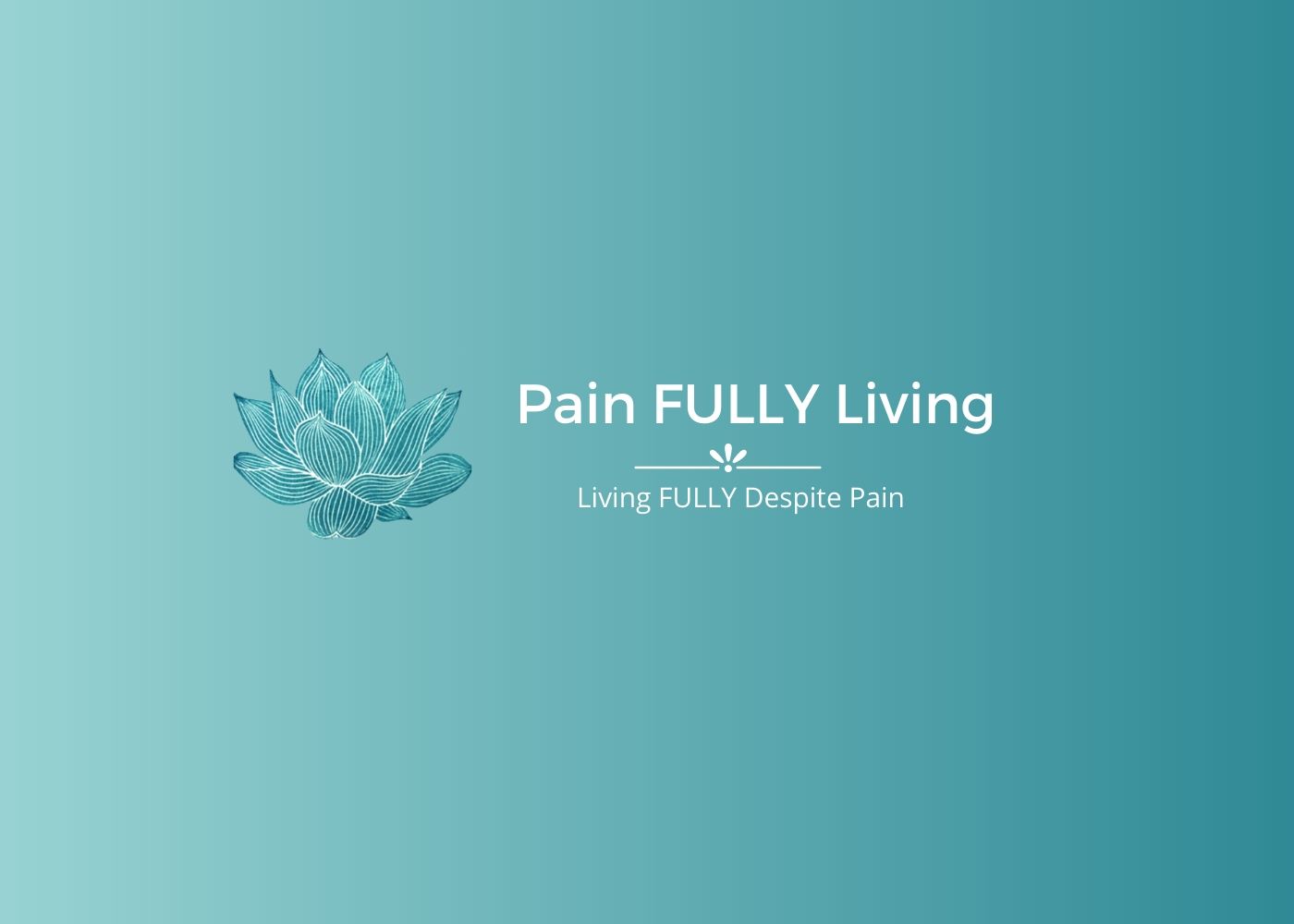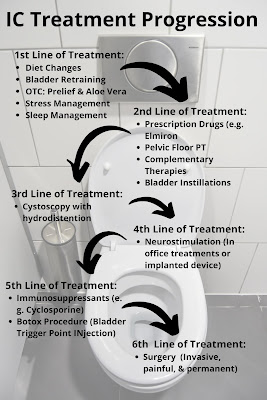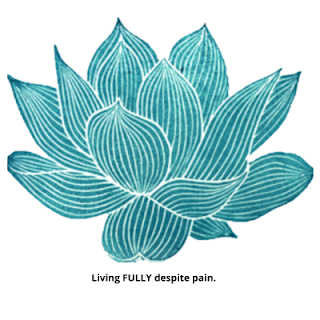In Michigan, Governor Whitmer declared a shelter-in-place order that went into effect 3/23/20 at midnight. "The order directs Michigan residents to stay in their homes unless they’re a part of what the governor is calling 'essential infrastructure workforce," which includes health care workers, law enforcement, water and wastewater personnel, and transportation workers. In addition, residents can leave their home if they are engaged in an outdoor activity, or performing tasks necessary to the health and safety of themselves or their family, like going to the hospital or grocery store, under the order."
My son, who works at a large Michigan grocery chain, Meijer, has been declared essential and received a letter to carry to show it.
 |
| Please, keep in mind that these essential workers are doing what they can so that the rest of us are able to #staysafe #stayhome. Be Kind, patient, and flexible. |
The Thursday before the shelter-in-place order, he had come down with a fever of 100o. First, he called into work (Meijer is paying wages for anyone who has to quarantine) and then he called his doctor. He had a sore throat for a few days prior and a gunky nose. The medical screener said that he most likely didn't have the virus due to the fever being under 103o and that should it break, he could go back to work the next day.
Our daughter-in-law contacted us to let us know what was happening and to cancel the playdate we had planned for the day with our granddaughter. Up until that moment, I thought I wasn't being affected by all that was going on. I started to bawl, feeling like I was outside of my body. Logically, I know that Andrew is healthy and young and doesn't fall into the at-risk group for a severe reaction to COVID-19. But, logic wasn't a part of that gut reaction.
Fear Creates Instability
I began to feel disorientated, my chest got tight, and I could tell that I was getting panicky. A sense of instability, like I've felt when hiking on a narrow rim of a trail traversing side of a mountain; one wrong step could cause a headlong tumble.
Thankfully, my husband came upstairs just at that moment and seeing me cry, he comforted me that Andrew would be all right by telling me what I already know. Then, he suggested we go for a walk in the woods.
 |
| Looking up into the sky through the pine trees, makes me feel small yet safe. |
I walked mindfully, looking up through the evergreens into the serene blue skies-focusing and taking time to really notice. Breathing deeply, I savored in the earthy smell of damp pine needles and black soil underfoot. As the birds twittered (still want to look up what that bird was), the bright sun broke through splotchy clouds, warming our faces. I stooped down to feel the soft, cool moss on an egg-shaped rock. The emerald colors were brilliant compared to the dead brown of the oak leaves it sat in.
 |
| Nature's early Easter Egg:) |
Breathing in the cool, fresh air, slowly in and out through my nose while practicing belly breathing (diaphragmatic breathing), the unease in my chest and shoulders abated. I began to get my footing, feeling the fear being replaced with grounding.
The next day, his fever was gone and he went back to work that evening. That day, we had a wonderful overnight stay with my granddaughter, who lights up our lives and brings us all a sense of purpose.
 |
| Having this sweetheart love me so unconditionally makes me be braver and stronger. |
What's Your Essential?
And so, to stay grounded, I review what is my essential. Truly essential. For me: genuinely connecting with those I love, fortifying my health, soaking in nature, and living with purpose through my thoughts, words, and deeds are the essentials I need to live a FULL life which emanates love.
Here's what I'm practicing daily to ground (helping to heal not only myself but the world around me):
- Mediation: There are several free, on-line resources but this is one that I'm using by Jeff Warren (besides the 8-week course I'm still taking).
- Zoom gatherings with family: We're trying to do some normal things we'd do together albeit virtually. Yesterday, we had a coloring party. Tonight, we're all going to have a bowl of ice cream as we chat.

Each of us sat at our tables and colored a picture
while chatting away. It seemed almost
like they were physically in the room.
- Breathwork (a form of meditation): https://breathworksummit.com/
- Yoga: I have a subscription to Gaia.com, but also am participating in a few "live" online classes, and Yoga For Chronic Pain and Fatigue
- Writing: Poetry and my blog mostly at this time.
- Creating and learning: photo album pages, learning to play the baritone ukulele via YouTube, studying for MSBR course, and Master Class fiction writing course.
- Reading: Currently, I'm reading The Fibro Food Formula by Dr. Ginevra Lipton and The Subtle Art of Not Giving a F@#$% (which I will be writing about next week most likely).
- Connecting: I've started phone dates with my mom-in-law and friends once a week. Also, created a way for my neighbors to help one another (by sharing shopping trips, info, and things like books, puzzles, and games).
- Getting outside: so far, mostly for walks in the woods, but soon for yard clean-up, and today for a chilly kayak trip around the lake.
- Getting projects and cleaning the house that have been neglected (even though I've been retired now for one year). Today-organize the game drawer:)
 |
| This may lead to a raucous game of Skip-Bo for Kelley and me😁 |
And so, while these are scary times, I'm choosing to focus on what's essential to help me stay grounded. This is what's important. This is what makes meaning. This is what heals. I feel that if we each do this, we can bring equilibrium to the worlds inside and outside of us.
Thank you to all the essential workers who are risking their own health to protect, feed, heal, supply, transport, and care. You are so appreciated for all that you are doing. Thank you to the employers, too, that have made plans to protect and care for their employees during this time.
What are your essentials? How are you staying grounded?
Thank you for visiting my blog today.
I am committing to posting once a week on Fridays.
However, as you know, my new normal means that sometimes
I have to listen to my body and am not able to follow through
as planned.
Thank you for your understanding.

























